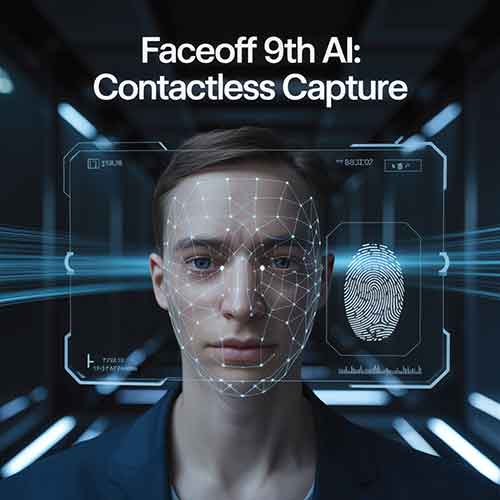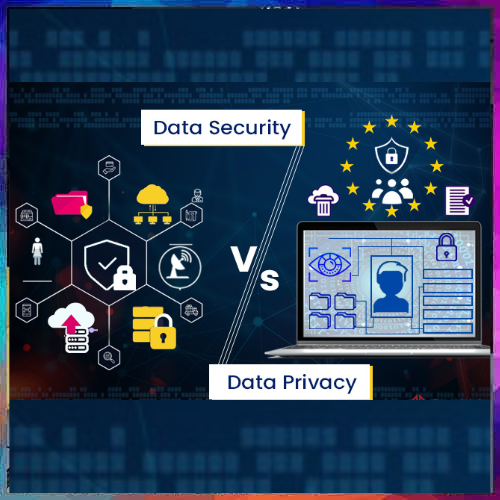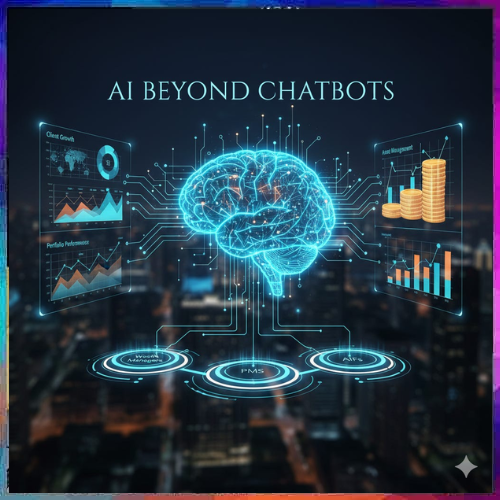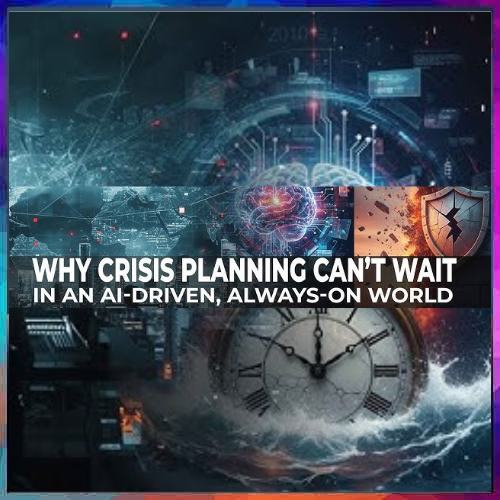
Since the launch of the World Wide Web (WWW) two decades ago, the Internet has enabled businesses to rapidly transform the way they organize, operate, and serve consumers. However, going by the Standish Group’s 2015 Chaos report, a complete digital transition may take a while longer-with only one out of three technology projects actually succeeding. In fact, digitizing products and services has only increased the number of consumer complaints across industries, such as utilities and automotive. Not surprisingly, 33% of enterprises consider digital transformation to be a daunting task and only 25% have a roadmap in place with less than 15% actually funding or executing such an initiative.
The reasons cannot solely be about CAPEX and OPEX, and the significant infrastructure investment that such an initiative entails. This goes beyond the complexities of transitioning from legacy systems towards emerging technologies.
So the question remains: Where are we going wrong?
Transform with People, Not Just Technology
Unless businesses are ‘born digital’, it is rarely easy transitioning practices and processes to a digitally-enabled framework. Most CIOs and CTOs agree that legacy systems are the biggest roadblock for a successful migration, but they often miss out on a much more pressing and obvious problem – the people and the intra-organization culture that develops around them.
Digital transformation can often directly threaten what employees consider traditionally accepted best practices. Once implemented at an infrastructure level, digitization frees up the flow of information, allowing seamless horizontal and bottom-up exchanges, while diminishing the value of top-down communication. This not only renders certain management functions redundant, but also circumvents traditional HR systems by allowing subject matter experts to emerge organically, and as an extension of the freeform knowledge exchange—a hallmark of a digital enterprise.
A technology-enabled environment can actually promote a do-it-yourself work ethic, driven partly by the fear that automation, smart machines and artificial intelligence may replace most human workers. Here is where employees can innovate and resolve workplace issues through lateral communication and a host of tools readily available at their disposal. On the other hand, personal branding can be seen as an emerging threat with employees interacting across channels, quickly garnering recognition based on skill and merit. These self-made thought leaders may become powerful outliers, which a traditional management system would find hard to control.
In this paradoxical scenario, enterprises striving to adapt faster to technology may also want to focus on digitizing their talent management strategies. Business leaders can look towards utilizing data and analytics for identifying high performers, empowering employees at an individual level—with the ultimate target of synergizing diverse skillsets for sustained organizational growth.
Collaborate to Innovate
The first step is to identify the set of human obstacles preventing this transition – prioritizing technology over people, competing priorities among leaders, the fear of losing control over central functions, and the inability to determine business value using outmoded ROI calculations. Each of these issues eventually sum up and culminate in a lack of sponsorship from senior management.
The next step involves the overhaul of the enterprise work culture. Every member of the value chain can then be empowered through a shared sense of purpose to facilitate effective and unbiased decision-making.
Taking a leaf out of the open-source movement, a digital forum can be created where employees across the organization can collaborate, formulate, and facilitate change processes. Backed by sponsorship from the highest levels of the organization, this forum can become a useful learning repository—spreading knowledge, ensuring visibility, and establishing best practices for successful transformation. This will also mark a shift from earlier digital transformation efforts that emphasized more on system requirements, leading to further delays and large cost overruns.
Rather, the focus will be on using strategic mentoring as well as encouraging participation in activities such as massive open online courses (MOOCs) and hackathons. For instance, organizations that use customer analytics see a 126% profit improvement.
Implementing an interconnected blueprint that binds managers, systems, employees, and consumers together will drive the future enterprise. How we utilize these connections to build a dynamic, interdisciplinary work culture will redefine how we succeed now and in the future.
Karan Puri
Senior Corporate Vice President & Head – Consumer Services & Commercial Industries
HCL Technologies
See What’s Next in Tech With the Fast Forward Newsletter
Tweets From @varindiamag
Nothing to see here - yet
When they Tweet, their Tweets will show up here.





























